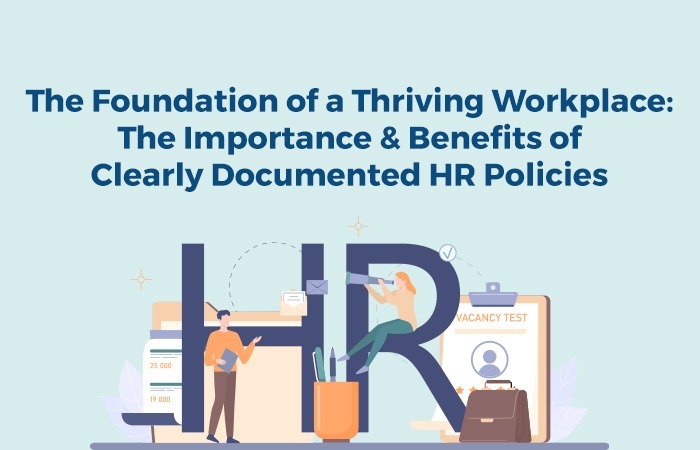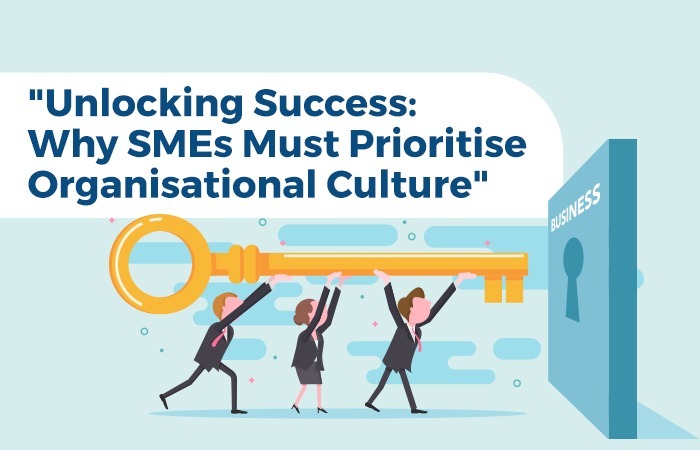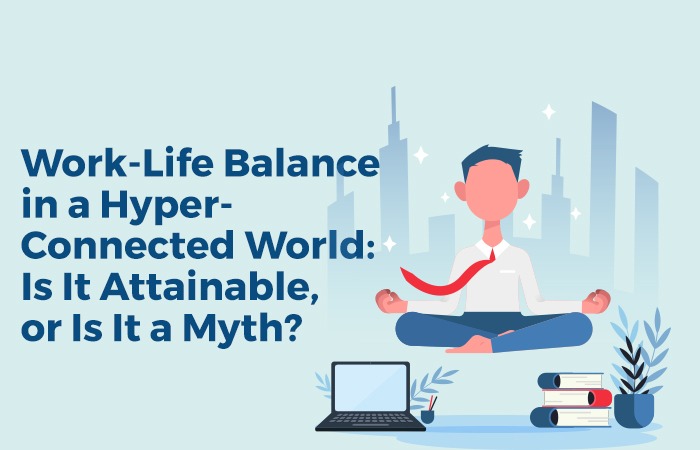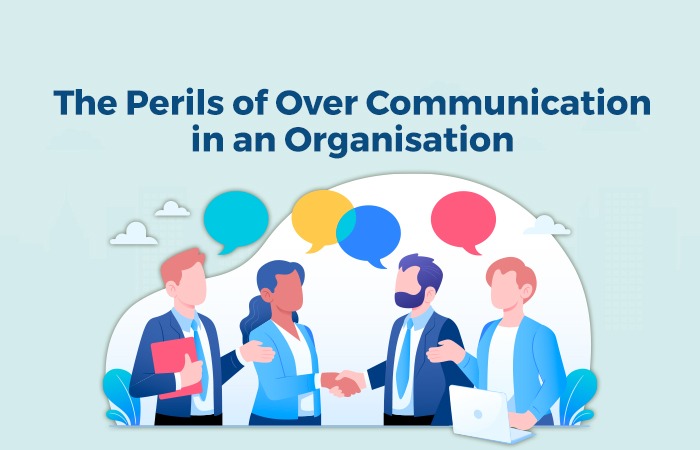Most companies, and their human resource departments, want to believe their employees are engaged. Yet, some are surprised when employee surveys, performance metrics, retention rates, and anecdotal evidence suggest otherwise.
Employee engagement plans fail for numerous reasons, including employee misunderstanding of what it is, misjudgement of employee needs and motivations, too much emphasis on what employees do instead of how they feel about their work which may aggravate over time, as well as expectations not being met.
Failures like these result when companies fail to adjust their goals. They underestimate the level of employee commitment and communication, then look for ways to accommodate that. The second fault is focusing on benefits without considering how they affect employee motivation. This causes disengagement as employees grow tired of receiving non-exciting perks rather than realizing their importance as a motivator for getting out of bed every morning.
1) No sense of company culture
Employee engagement goes beyond how workers relate to each other. Sure, employees can hang out together after work ends or at company-sponsored off-site events, but that doesn’t mean they are putting their hearts and souls into their jobs the rest of the time. Company culture must include the connection employees have with each other as well as the connection they have to their work, to customers, and to their place in the organization. A company without a sense of culture (or one where it has been lost) will likely fail to keep attracting and retaining top talent because workers won’t seek co-workers for help and support when needed.
2) Poor communication
Companies should communicate the company’s purpose to new employees, both verbally and in writing. The onboarding process is an opportunity for new employees to understand what their organization stands for, and how they fit into that purpose. Employees should be informed about how their performance increases or decreases the organization’s ability to achieve its goals. Some companies may not have defined goals and objectives; however, those who do tend to perform better because of it. Employees would be happy to hear how their contribution makes a difference for the organization as a whole.
3) Not listening to employees
While some employees may be disengaged by the lack of personal interaction, managers and supervisors should also avoid being disengaged by the employees they manage. Engaged employees communicate their goals, concerns, dreams, and triumphs to managers and supervisors. Not listening to what they have to say is a sure way to lose that engagement. Sometimes, this problem is just a manager who doesn’t have time for—or fails to see the value of—one-on-one meetings. Supervisors need to spend time knowing their employees and encouraging open and honest communication. In other instances, a lack of deeper relationships is simply a product of processes that leave employees to fend for themselves. In either scenario, employees can gradually disengage and leave for another job. Human resources strategy to counter this is to never let employees lose that engagement in the first place because once they do, re-inspiring them becomes difficult.
4) Ignored core values
Companies of all shapes and sizes invest a lot of time and money in developing their “core values”—the tenets for how they treat customers and fellow employees. Yet do your workers follow those core values, or are they just paying lip service to them? We found practitioners were underutilizing essential employee engagement tools—such as the recognition of employees who live by their core values, positive hiring practices, and symbolic reminders—to reinforce what’s important about your company.
5) A lack of professional development
There are many factors that can impact the employee engagement of your workforce. When looking at those factors, consider what it is about your company culture that creates this disconnection between the company and the employees. Is it a hiring process that promotes a certain type of worker over others? Or perhaps, are there policies in place that prohibit employees from speaking their minds? If so, it’s time to address these issues with appropriate training and communication to ensure the well-being of your employees.
On the final thought: Employee engagement is the most important factor to consider when building a successful company. If your employees are not engaged, your company will suffer in many ways: less productivity, higher turnover rates, and lower morale among other things. If you want to improve employee engagement at your organization, start by looking at factors within and as well at those outside of your control to look for alternate ways to address them.













